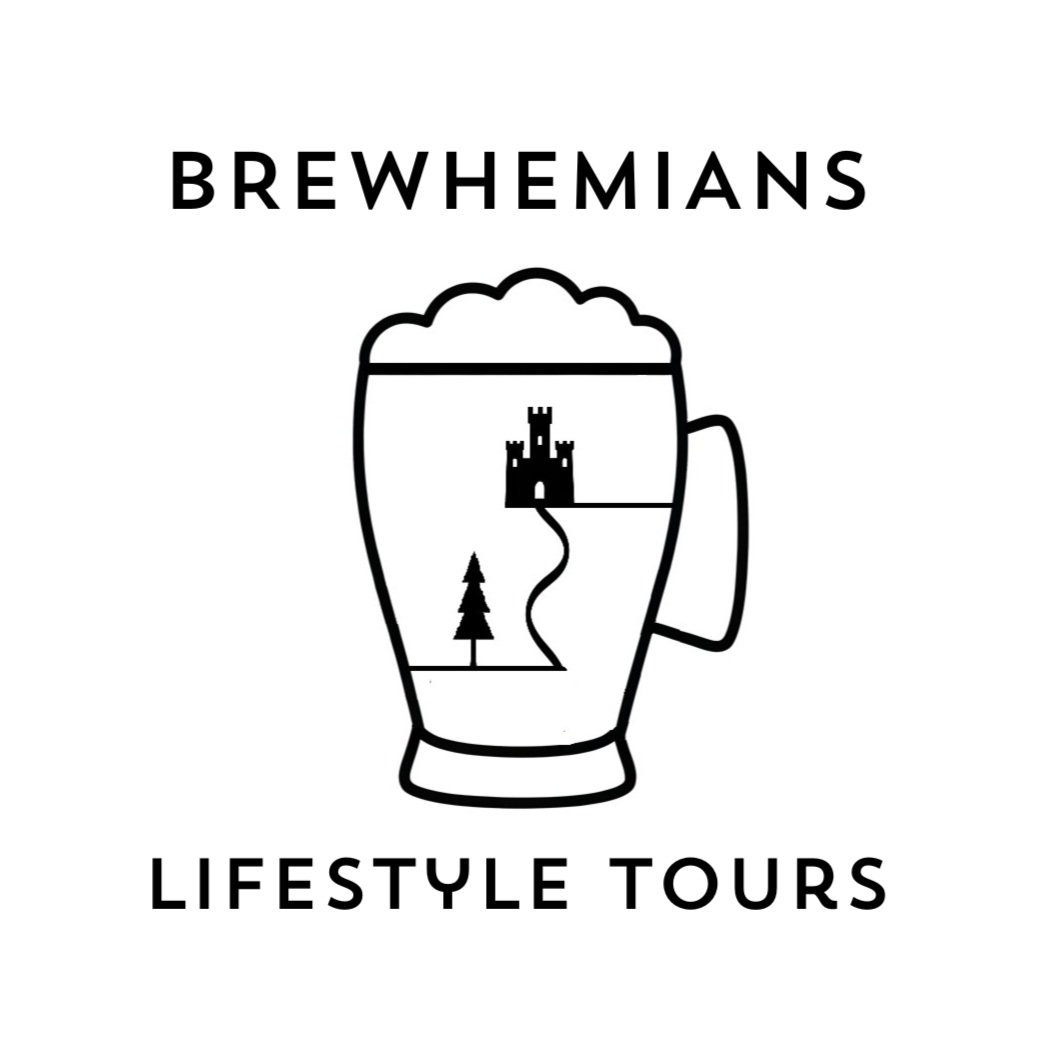April
Czech Traditions in April: From Easter to Walpurgis Night
Easter, known as "Velikonoce" in Czech, most often occurs in April and is one of the most significant holidays in the country, although in true Bohemian spirit, the celebrations are a blend of Christian and pagan traditions, symbolizing both the resurrection of Christ and the arrival of spring. One of the most distinctive customs, which leaves many foreign visitors absolutely perplexed, is the "pomlázka". This is a whip made of braided young willow rods, some styles of which are very elaborate and require some skill to braid. They are adorned at the tip with colorful ribbons, which used to indicate how many lasses or ladies the man in question had “rejuvenated” with his whip. OMen gently whip women’ bottoms with these whips, in the belief that this will guarantee health and vitality for the coming year. In return, women offer painted eggs, sweets, or shots of liquor. Simultaneously, children head out on Easter Monday for the “koleda”, a variation on trick-or-treating, as they have to sing a song or recite a little poem before they are given painted eggs or chocolate treats.
Markets spring up in towns and villages, offering handcrafted goods, traditional foods, and vibrant decorations, making Easter a lively and colorful affair. Czech painted Easter eggs (and eggs all across Central and Easter Europe) tend to be particularly beautiful, with very elaborate decorations using a variety of methods involving wax, etching, straw, thin wire and many more. Another typical accessory at Easter is the “řehtačka” or ratchet instrument, which truly makes quite the racket.
Then there is the whole array of foods that are made specifically around Easter. It is one of the very few occasion when lamb will feature on the table, as this is otherwise a meat that is not very common in the Czech Republic. And even then, you are more likely to see it in the form of a lamb-shaped Bundt cake (which is quite tricky to make, resulting in epic failures that circulate the internet around Easter time). Another popular treat is the “mazanec”, a sort of round brioche with raisins and almonds, and a cross on the top. Finally, spring “nádivka” or stuffing made of bread, eggs, milk and fresh herbs (most often very young nettle leaves) is served as a popular Easter dish, and doubtless goes very well with the green beer, which also makes an appearance on Maundy Thursday (Green Thursday in Czech - hence the beer).
On the night of 30 April, Czechs partake in “Pálení čarodějnic”, or the Burning of the Witches, also known as Walpurgis Night. This ancient tradition marks the end of winter and the warding off of evil spirits. Communities gather to build large bonfires, often atop hills, and burn effigies resembling witches made from straw and old clothing. The flames and accompanying festivities symbolize purification and the welcoming of warmer days. There is typically a smaller fire on the side for roasting the iconic “špekáček” sausages on a sturdy pointed willow branch, and of course a keg of beer. This tradition has regained popularity in recent decades, and is actually one of most beloved traditions in existence. You could consider our Halloween.
Coinciding with the Burning of the Witches, the tradition of erecting maypoles is a cherished custom in many Czech villages. A tall, stripped tree trunk, often a spruce or birch, is decorated with colorful ribbons and a wreath at the top. The maypole stands as a symbol of fertility and the vitality of spring. Young men from the village are responsible for guarding the maypole for 3 nights to prevent it from being stolen or cut down by youths from neighboring villages—a playful rivalry that adds excitement to the festivities. Last year, the lads in my parents’ village apparently neglected their duties and the maypole was indeed stolen!
April is also the month in which the majority of castles and chateaux (there are some 2000 in the country) reopen after their winter break. As the weather becomes milder, Czechs cannot resist the call of the great outdoors, and many embrace the opportunity to reconnect with nature. A cherished aspect of Czech life is the tradition of visiting “chaty” and “chalupy”, or countryside cottages. These retreats serve as weekend getaways where families engage in gardening, light hiking, and simply unwinding amidst nature. Spending time at these cottages fosters a deep connection to nature and offers a respite from urban life. Were you to spend more time in Prague, you would notice the Friday exodus from the city, as people leave to get away from it all. I will write a blog post dedicated to this phenomenon in the near future.









